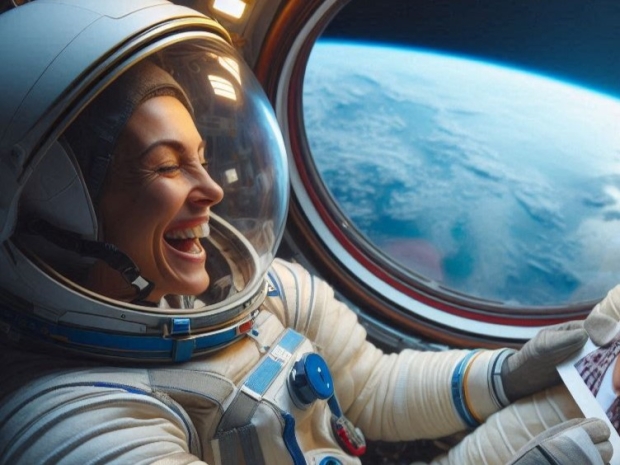Despite a history of parts detaching from its aircraft, Boeing faced a worsening helium leak on Starliner that had previously delayed the launch.
The Starliner's test flight, initially set for May 6 and then June 1, encountered technical difficulties. The first launch attempt was stopped due to a malfunctioning valve on the Atlas V rocket, and the second was prevented by a power issue with a ground computer at the launch site.
Meanwhile, engineers found a small, ongoing helium leak in the Starliner's service module. Although helium is harmless, the leak raised concerns. Nevertheless, mission leaders concluded that the leak was under control and posed no significant risk to the mission.
Each doghouse is supplied by two helium manifolds. The pre-launch leak was pinpointed to a flange in one of the port doghouse's manifolds. Later, on Wednesday, engineers discovered two additional helium leaks: one in the other manifold of the port doghouse and another in the service module's top doghouse.
Boeing engineer Brandon Burroughs referred to the new leaks as "small" during NASA TV's live broadcast of the Starliner test. These leaks were not detected during earlier troubleshooting.
This event marks a significant milestone for NASA and Boeing, bringing NASA closer to having two separate commercial spacecraft for astronaut transport to low-Earth orbit—a goal set over a decade ago.
In 2014, NASA granted Boeing a $4.2 billion contract to finish developing the Starliner, aiming to launch astronauts by 2017. The spacecraft, initially known as CST-100, was unveiled in 2010 at the Farnborough International Airshow.
Boeing's development of the Starliner has faced numerous obstacles. Announced in 2010 with a 2015 operational target, the project was delayed due to insufficient initial funding and technical issues, including a significant fuel leak, a failed test flight in 2019, and valve corrosion. It wasn't until a successful test in 2022 that Boeing met its major goals, paving the way for the crewed test flight.
Last year, it was found that Boeing had incorrectly used flammable tape inside the Starliner, causing further delays. A redesign of the parachute system component was also necessary, pushing the crewed test flight to 2024. These setbacks cost Boeing nearly $1.5 billion, but US taxpayers were not liable for the overruns due to NASA's fixed-price contract with Boeing.
Meanwhile, SpaceX's Crew Dragon, also part of NASA's commercial crew program, began astronaut flights in 2020 and has since completed 13 crew missions for NASA and other clients.




